
Graham’s 2017 Vintage Port – The Best Vintage Since 1945
Sep 01, 2019

There’s been a lot of hype about 2016 Vintage Ports. All of the top producers declared in 2016, a universally successful vintage that earned high scores from major wine critics and achieved big sales in the market. But just as the dust settled, something unprecedented happened—2017 was declared as well!
For the Symington family, owners of Graham’s and several other top lodges, this is the first-ever ‘back-to-back’ Vintage Port declaration in the five generations since Andrew James Symington first arrived in Porto from Scotland back in 1882. Curiously, there’s even more hype around the 2017 vintage than surrounded the heralded 2016 vintage. Port producers are going so far as to say that 2017 not only reminds them of the great 1945 vintage but also noting that the growing conditions between the two top vintages were almost identical, particularly in rainfall and temperature patterns. For those new to the game, the legendary 1945 vintage is considered the 20th century’s best. After tasting the 2017 Vintage Port, top reviewer James Suckling immediately agreed with the comparison.
Making the 2017 Vintage Ports Exceptional
Vintage Ports are produced only in years following exceptionally high-quality harvests. Historically, this happens two or three times a decade. The key determining factor in the production of high-quality fruit during the growing season is the weather.
2017 was an exceptionally hot, dry year with very little rain. The harvest in the Douro Valley took place in August, an unprecedented event and for the Symingtons, the earliest ever recorded in the family’s 137-year history. Head winemaker Charles Symington had to call his team back to work earlier than ever before. Most were in the middle of their annual summer vacation.
Because the region experienced much warmer and drier conditions than normal in the summer of 2017 the growing cycle accelerated quickly. As a result average grape bunches were more compact and although the berries were smaller, they came off the vines in pristine condition. The only drawback was the yields. In 2017 yields were minuscule, among the lowest in the last 100 years and a whopping 20% below average. Paul Symington underscored the situation by noting, “the 2017 Vintage Port is our smallest declaration of the 21st century, with en primeur volumes approximately a third less than in 2016.” Bottom line: these wines are as good as it gets, but the quantities are a drop in the bucket compared to all the other great Port Vintages.
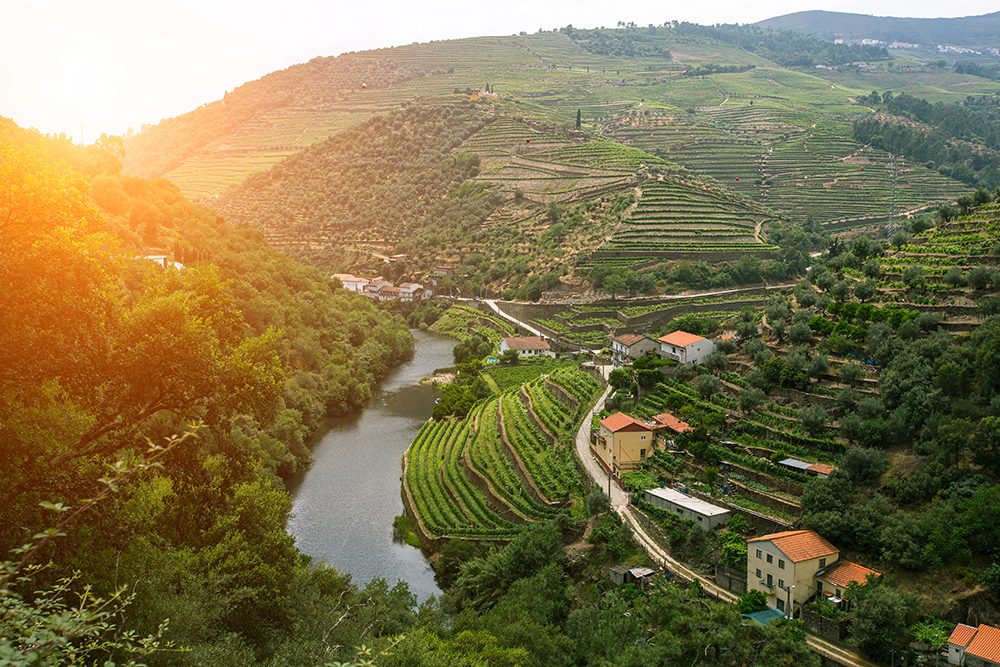
The Reviews Are In
The low-yielding, balanced harvest of 2017 created Vintage Ports that are characterized by extraordinary intensity, concentration and structure, combined with stunning aromas and freshness. It’s the complete package sure to please even the most discerning Port lovers. In the words of the winemaking team at Graham’s, “We believe that we have greater concentration in 2017 compared to 2016…It’s more old fashioned with more intensity and grip. It’s tighter and more tannic.”
James Suckling concurred in his recent review of the vintage. “Port producers are comparing 2017 with the legendary 1945,” he observed, “and after recently tasting a few bottles of the more recent vintage, I think the comparison is reasonable.”
Suckling’s tasting notes on Graham’s 2017 capture his enthusiasm perfectly: “Wow! Amazing aromas of crushed blackberry and blueberry, stems and rose petal. Entrancing. Full-bodied, very tight and powerful with ultra-fine tannins. Intense richness of crushed berries, chocolate, hazelnut and coffee.” Suckling was not alone in his praise for Graham’s 2017 Vintage Port. Respected critic Antonio Galloni, typically not known for effusive praise, gave it 97 points.
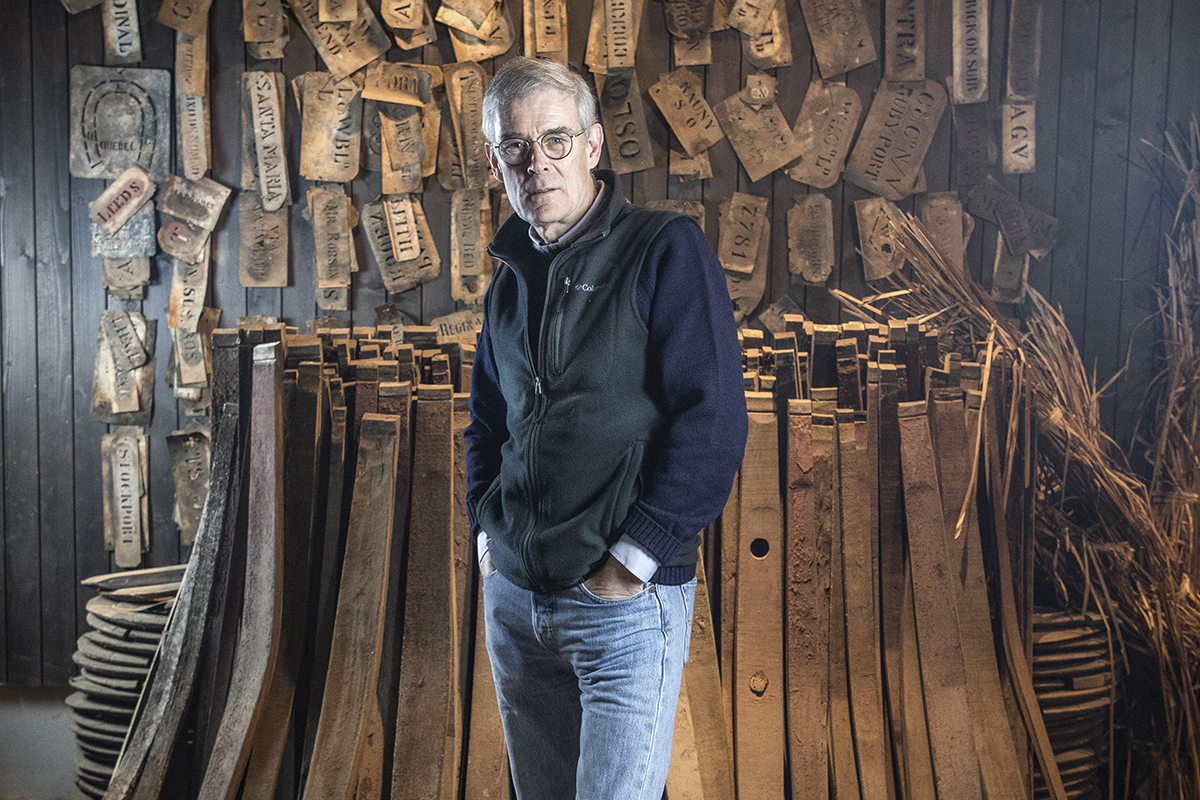
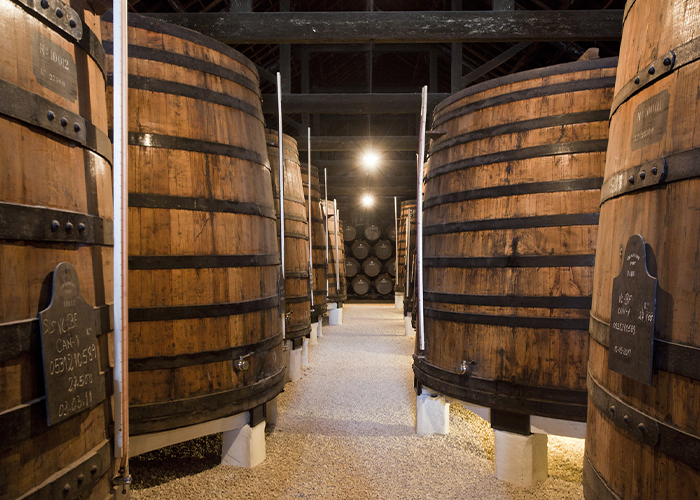
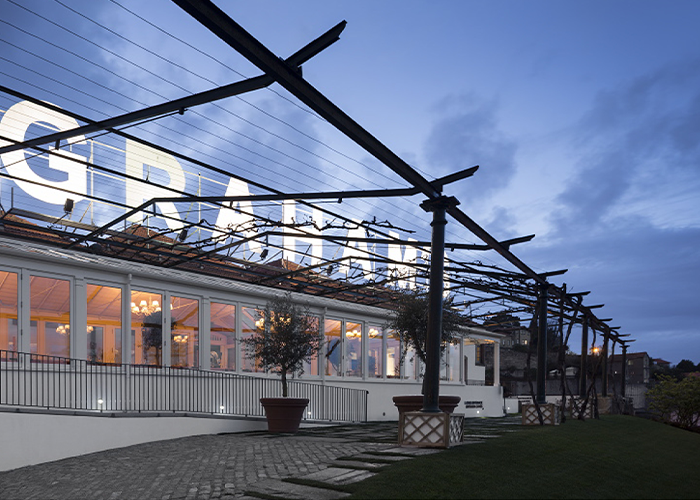
Making Vintage Port
Graham’s Vintage Port is based on fruit from flagship Douro property, Quinta dos Malvedos, with smaller parcels contributed by the family’s other top vineyards including Quinta do Tua, Quinta da Vila Velha, Quinta das Lages and Quinta do Vale das Malhadas.
Even in years with the very best weather conditions, production in these Douro Valley vineyards is low. In fact, the Douro is one of the world’s lowest yielding wine regions! Drought and heat are perpetual. Consequently, it’s never an easy task to grow healthy grapes in this rugged region. To manage, Graham’s has to employ best practices and smart technology. For example, when receiving fruit at harvest, Graham’s employs state-of-the-art de-stemmers that operate delicately but efficiently without beater shafts or centrifugal force, but rather with a gentle swinging motion to separate the grapes from the stems. Damaged berries are discarded without harming healthy ones. Small batch fermentation is another key quality factor at Quinta dos Malvedos followed by aging in lodges downriver in Vila Nova de Gaia, where Graham’s Ports have been stored since 1890.
Vintage Ports spend about 18 months developing in wooden vats before bottling. The lodges are kept cool by the nearby estuary of the Douro River and the Atlantic Ocean, allowing for slow, steady maturation of the wines. Once bottled, the oxidative aging phase ends and time slows to a crawl for Port wines. The best vintages, like 2017, can age under glass for decades.
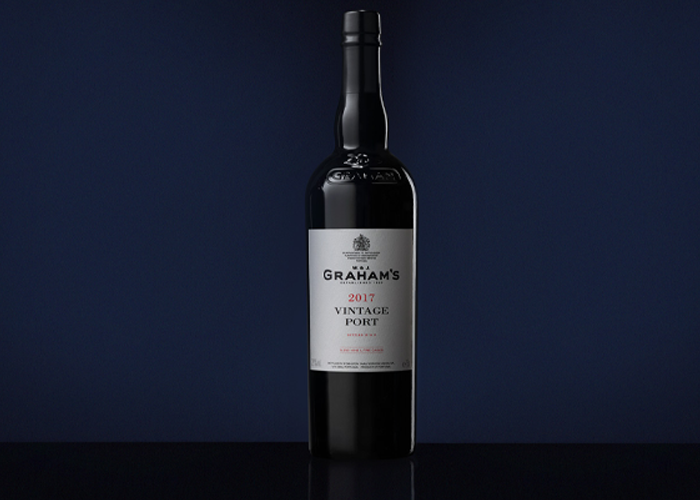
Don’t let Graham’s 2017 Vintage Port sell out on you!
It’s a bummer if you missed out on the 2016 Vintage Ports, but as long as the 2017’s remain available, you have a chance to get yourself a taste of the closest thing to the legendary Graham’s 1945 vintage. But you need to hurry—the window of opportunity is small with this vintage.
GRAHAM’S VINTAGE PORTS

“Wow! Amazing aromas of crushed blackberry and blueberry, stems and rose petal. Entrancing. Full-bodied, very tight and powerful with ultra-fine tannins. Intense richness of crushed berries, chocolate, hazelnut and coffee.Try after 2026.” – 97pts James Suckling
97pts Wine Advocate; 98pts Decanter

“The aromas here are amazing: crushed blueberries and raspberries with wet earth and dried flower. Orange blossom. Full body, very sweet but the powerful and fine-grained tannins balance the wine out. Tannins and fruit envelop your mouth with each sip.” – 100pts James Suckling
100pts Wine & Spirits; 2019 “Top 100 Best Wines of the Year;” 99pts Wine Advocate; 99pts Decanter
